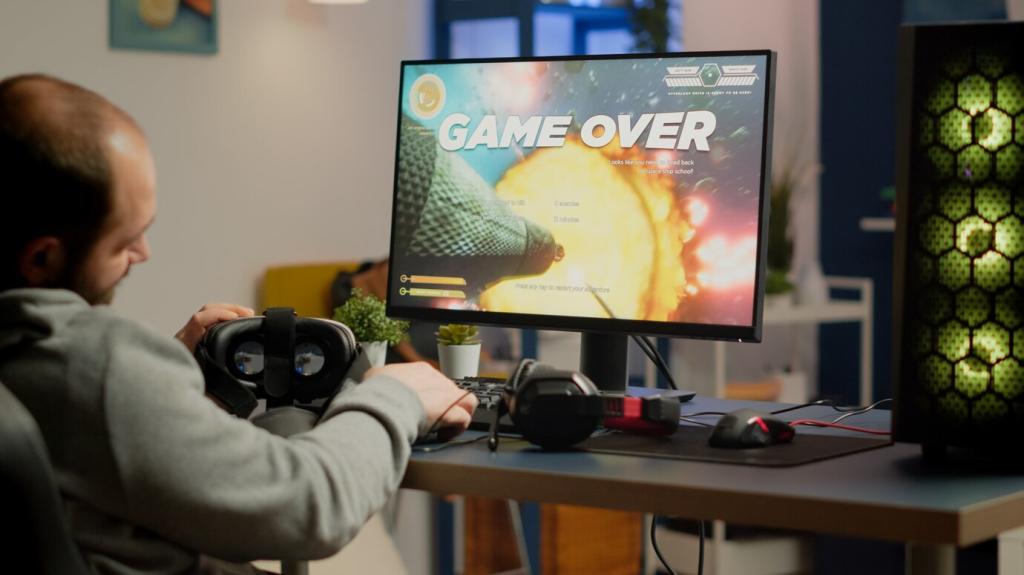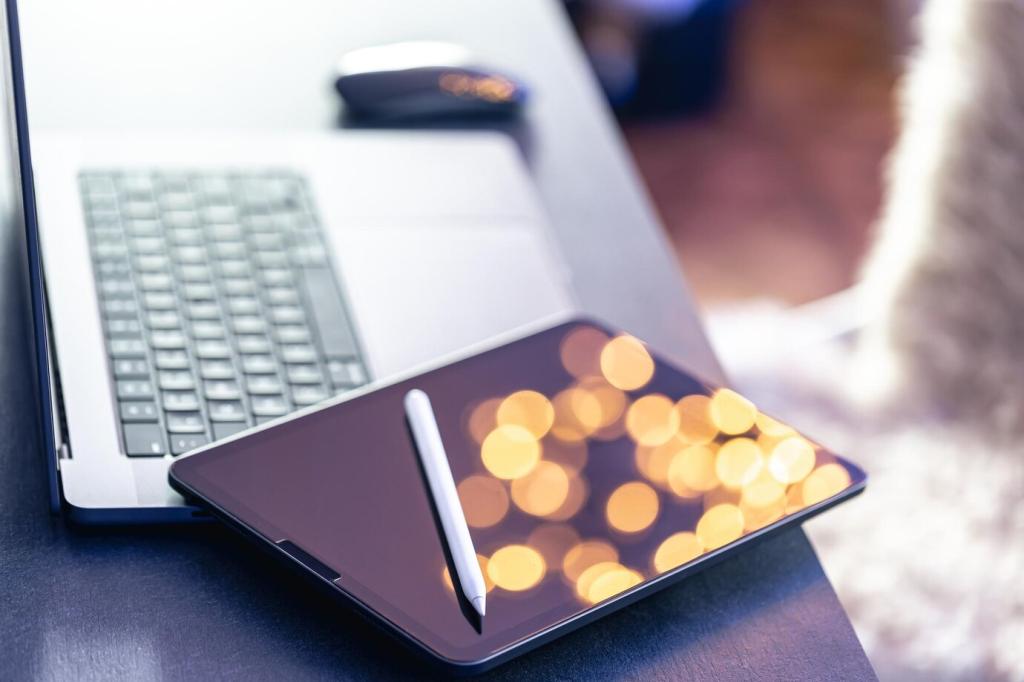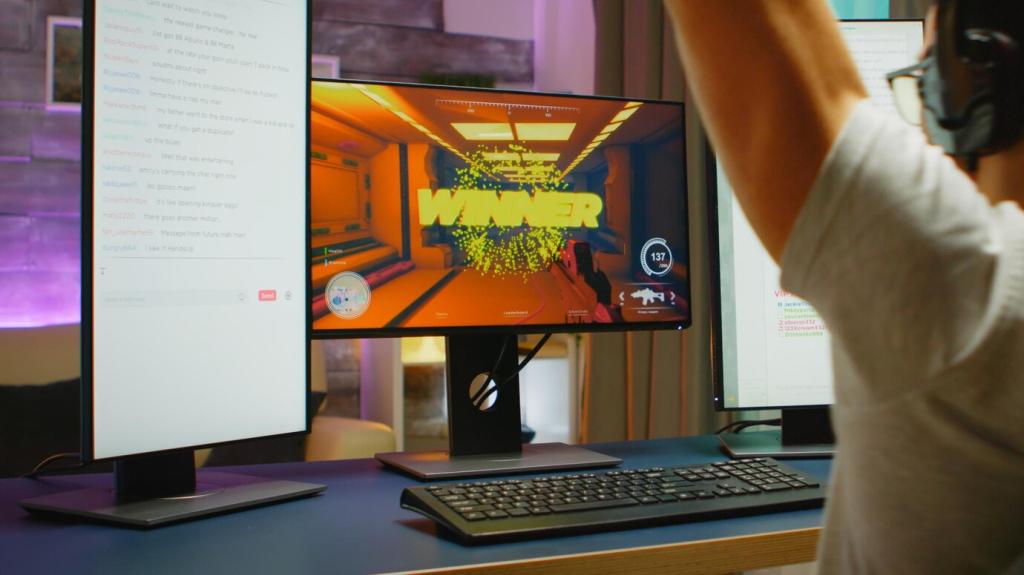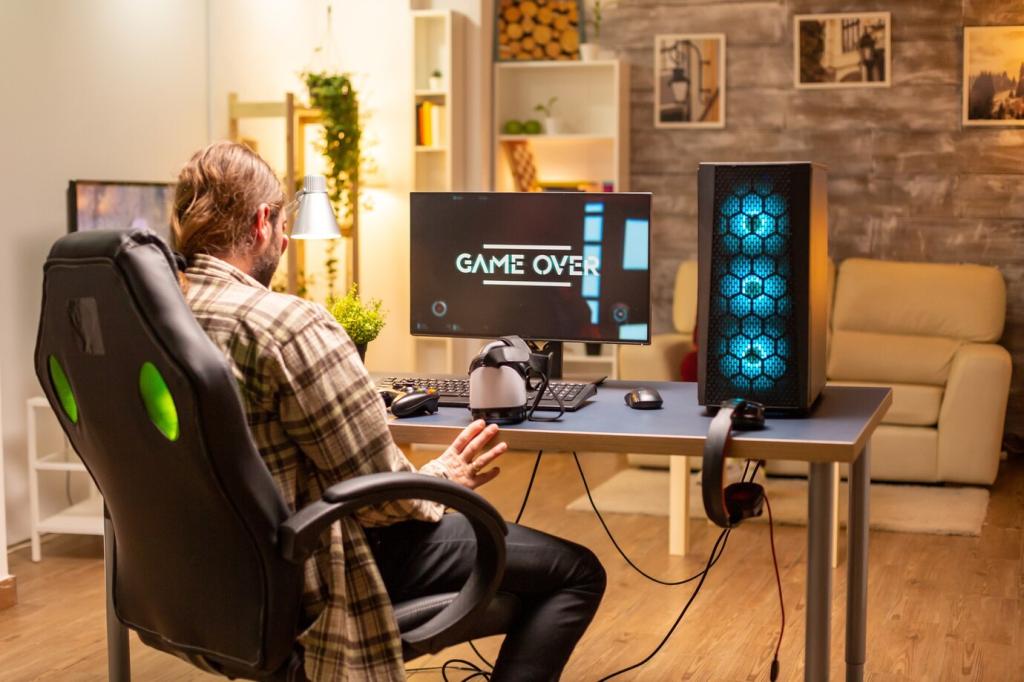The Art of Crafting Signature Game Tokens
Chosen theme: The Art of Crafting Signature Game Tokens. Step into a designer’s workshop where form meets story, tactility invites decision-making, and tiny artifacts become unforgettable signatures of your game world. Join in, share your token ideas, and subscribe for creative prompts.
Origins and Purpose of Signature Tokens
A signature game token is a memory anchor that clarifies intent and embodies your game’s identity. It reduces rules friction, signals status changes, and rewards players with tactile feedback they crave.
Origins and Purpose of Signature Tokens
During a stormy playtest, we replaced a generic cube with a weighted brass compass token. Players passed it around reverently, slowed down, and narrated choices more vividly. That single change reshaped the table’s energy.


Materials and Tactility: Feel Guides Behavior
Wood is warm and approachable, resin offers translucency and embedded effects, while metal brings gravitas and audible presence. Pick the feel that reinforces your mechanic, not just what photographs beautifully.

Visual Language: Icons, Color, and Clarity
Favor bold silhouettes, negative space, and minimal internal detail. Test icons at thumbnail sizes across the table. If players squint, simplify again. Clarity is kindness, and your signature deserves it.
Visual Language: Icons, Color, and Clarity
Pair hues with distinct values and patterns for color-blind accessibility. Add micro-textures or edge symbols for redundancy. Try your tokens under warm LEDs and daylight to verify reliable communication.


Prototyping and Iteration: From Sketch to Table
Paper First, Pride Later
Start with cardstock cutouts, coins, or borrowed bits. Explore size and shape cheaply. Discover where fingers fumble or flourish. Only commit to expense once behavior and clarity consistently shine.
Rapid Iteration with Player Diaries
Give testers a small diary card asking how the token changed their choices. Did they hesitate, brag, or hoard? Their words reveal what your token actually communicates, not what you intended.
When to Move to High-Fidelity Prototypes
Upgrade once the token’s verb and visibility feel locked. Introduce real materials and finishes to test temperature, weight, and sound. Listen for that satisfying clack—the table will tell you when it’s right.
Lore in the Palm of Your Hand
Etch symbols with meaning, embed tiny motifs, or layer colors like strata of history. Players should feel a legend every time their thumb finds the same ridge or rune.
Tokens as Achievements and Memory Keepers
One player kept a tarnished victory token in their wallet for months, pulling it out to tell the story of a comeback. Aim for keepsakes, not clutter. Share your own token tales.
Inclusive Design for All Players
Use high-relief shapes, discernible edges, and tactile markings to support low-vision players. Ensure sizes fit smaller hands. Inclusion expands your audience and strengthens your signature’s meaning.

Manufacturing Tolerances and Reality Checks
Expect small variations. Design icons and insets with generous tolerances. Ask manufacturers for test runs, then measure, drop, and shuffle. Reliability protects your signature from disappointment.
Cozy Homes for Tokens
Trays, wells, and soft pouches reduce scuffs and speed setup. The first reveal should feel ceremonial. Invite readers to suggest storage hacks, and subscribe for our printable insert templates.
Care, Repair, and Legacy
Offer simple upkeep: reseal oils, replace enamel, or polish metal. Share care cards so tokens become heirlooms. Comment your favorite maintenance tips to help fellow designers extend token life.
